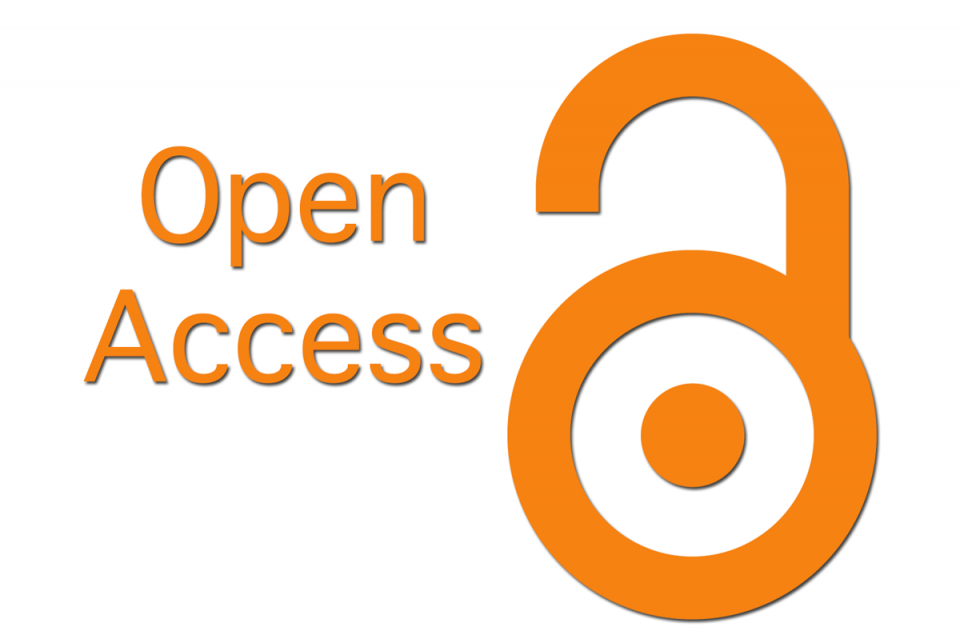Management of Acute Acromioclavicular Joint Dislocations Using Hook Plates
DOI:
https://doi.org/10.48047/rb5cj619Keywords:
Ahmed Mohamed Ahmed Mohamed Hassan, Abdelsalam Eid Abdelsalam, Mohamed Abdalla mohamed Abdelsalam, Salah Mahmoud AbdelkaderAbstract
Background: Acute acromioclavicular (AC) joint dislocations are common injuries, particularly among athletes
and individuals exposed to direct shoulder trauma. The management of these injuries varies depending on the
severity of the dislocation, classified by the Rockwood system. While conservative treatment is often effective for
lower-grade dislocations (Type I and II), surgical intervention is typically required for higher-grade injuries (Type
III–VI) to restore stability, maintain function, and prevent chronic pain or deformity. Among the various surgical
techniques available, the use of hook plates has gained popularity due to its effectiveness in providing rigid
fixation and facilitating early mobilization. The hook plate is a contoured metallic implant that stabilizes the AC
joint by engaging beneath the acromion and securing the distal clavicle. This technique offers several
advantages, including strong mechanical stabilization, ease of application, and the ability to restore anatomic
alignment. Studies have shown that hook plates lead to favorable clinical outcomes, with high rates of joint
stability and functional recovery. However, their use is not without complications, which may include subacromial
impingement, osteolysis, and plate-related discomfort.
Downloads
Published
Issue
Section
License

This work is licensed under a Creative Commons Attribution 4.0 International License.
You are free to:
- Share — copy and redistribute the material in any medium or format for any purpose, even commercially.
- Adapt — remix, transform, and build upon the material for any purpose, even commercially.
- The licensor cannot revoke these freedoms as long as you follow the license terms.
Under the following terms:
- Attribution — You must give appropriate credit , provide a link to the license, and indicate if changes were made . You may do so in any reasonable manner, but not in any way that suggests the licensor endorses you or your use.
- No additional restrictions — You may not apply legal terms or technological measures that legally restrict others from doing anything the license permits.
Notices:
You do not have to comply with the license for elements of the material in the public domain or where your use is permitted by an applicable exception or limitation .
No warranties are given. The license may not give you all of the permissions necessary for your intended use. For example, other rights such as publicity, privacy, or moral rights may limit how you use the material.








